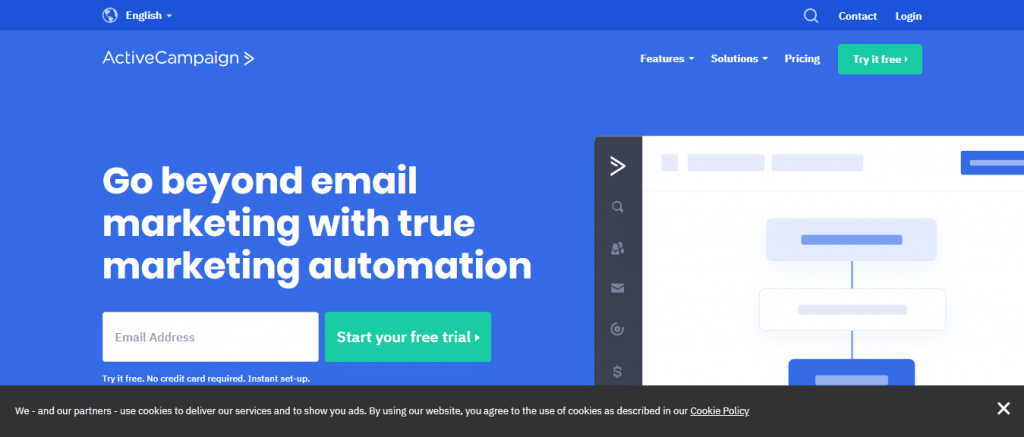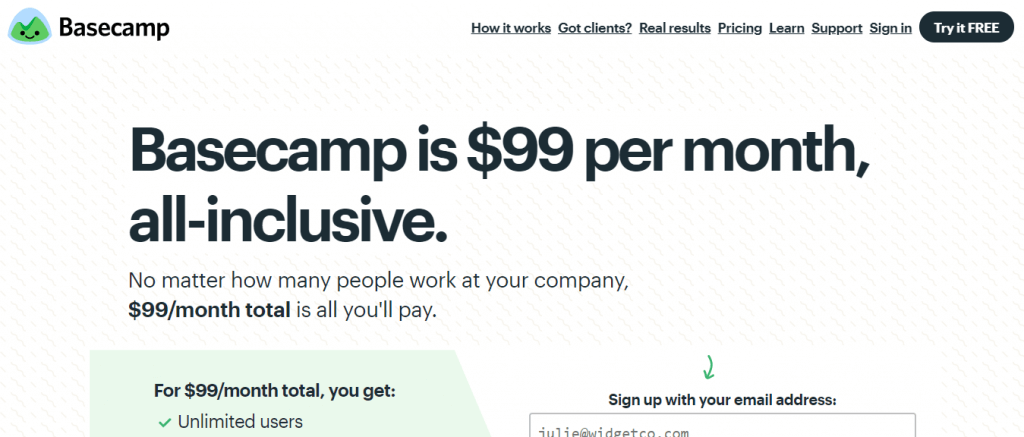Subscription growth hack (by PayKickstart)
Facebook Group - 3,932 members
Visit Group
In the not so distant past, a go to market strategy was optional for small business owners.
You could bring a product out and be relatively optimistic about your chances of success even if you didn’t do elaborate planning.
The market has evolved a lot since those days.
Now, the competition is too stiff and consumers are too smart for that kind of planning to get you very far.
In order to succeed in arguably the most competitive business landscape in history, a go to market strategy is essential. It helps you reduce the time spent on dud products while increasing your sales right from the beginning.
This post will give you a high-level overview of how to create one for a new business or product.
Put simply, a go to market (GTM) strategy is the specific steps a company follows to introduce a new product to the marketplace. The goal of a GTM strategy is to increase the likelihood that new products are launched successfully.
There are a number of steps associated with a successful go to market strategy.
This is possibly the most important piece of your go to market strategy. Many companies build products and services that can be used by multiple markets or industries.
There’s nothing wrong with this and will allow you to expand your reach down the line. The problem many of them encounter is going after all of the customer segments right from the beginning.
You may consider your market based on the use case, demographics, psychographics, buyer personas, and need for your products.
Here Are a few questions you can ask yourself when choosing a market:
In addition to choosing a market, you want to also define who your ideal customer within that market is. For example, you may choose to go after small business owners with your new product but there are many types of small business owners.
There are the ones that started yesterday and have no teammates and then there are those with dozens of employees. Will your solution be ideal for each of them?
It’s not likely.
To get this information, it’s will be necessary to talk to people that make up your target market. You can do this through calls, focus groups, and surveys.
The messaging you choose does a lot for your products. The right messaging will help you appeal to the market and customers you chose. The wrong messaging will confuse your target market and make it hard to generate revenue.
In addition to helping you appeal to your customers, your messaging determines the position you occupy in your customer’s mind.
This is important because even if you think your product and services are unique, they’ll be evaluated against competitors. Those competitors may be something you didn’t even consider.
For example, consumers walk into a milkshake shop in the mornings because they missed breakfast and need something to hold them until lunch. The milkshake is competing with breakfast but at first glance, you may think it’s competing with soft drinks or coffee.
Look at the messaging of two email marketing services:


They offer the same core service but position it differently.
Develop a one-sentence summary called the positioning statement. It shares how your products should be perceived by the end user. It’s useful because it focuses your product messaging and prevents you from trying to be too many things to too many people.
When you have a positioning statement and understand the direction your messaging will go, it’s also important to develop a unique value proposition. This shows your customers what you bring to the table and how you’re different from the competition.
These are all considerations when crafting your UVP.
For some reason, many businesses give this little thought and stick with a poorly chosen price point for too long. Pricing is one of the highest leverage activities you can perform in your business but it’s not easy to get right.
There are multiple considerations such as:
Basecamp is a project management tool that charges a monthly subscription. They’re different from others in their space because they charge a flat fee while others charge per user.

This has helped them capture more market share and solidify themselves as a market leader.
At this point, you’ve done a lot of legwork by choosing a market, developing product messaging, and selecting a price point. All this is for nothing if your customers never see what you’ve created.
That’s why the right marketing channel is so important. It’ll reduce your customer acquisition costs and even increase your customer lifetime value.
The process of finding those core channels can be tricky. Here’s a simple strategy you can employ.
Take out a small advertising budget of a few hundred dollars per marketing channel you want to test. An example would be Facebook Ads, Google Search Ads, or Pinterest Ads. Create a series of ads for each platform that has a unique spin on your core product message.
This is important because it can help you hone in on the best messaging.
See how much it costs to acquire a customer on each platform and whether or not it’s within KPIs. If it’s profitable then add it as a viable channel to use when you’ve finished testing.
After you’ve tested the major platforms, look at the most profitable ones and focus on those during your initial launch.
No go to market strategy is perfect. When you release your product to the world, there will be situations you didn’t account for or opportunities you didn’t see. At the same time, you’ll hit roadblocks and competition will spring up out of nowhere.
This is to be expected. Finalize your plans and launch your strategy. While you’re out there, optimize your initiatives in real-time so they get better the longer your product is in the market. Take advantage of a BI tool so you can pull data and get a holistic overview of your progress
The one thing you don’t want to do is become too attached to something such as your messaging, pricing, or market.
Let me know what you think of the process of creating a go to market strategy in the comments and don’t forget to share.
Daniel Ndukwu is a regular contributor to the PayKickstart blog. He has extensive experience with online businesses, conversion optimization, and subscription revenue models. When he's not writing insightful content, he works with other entrepreneurs to help them grow their bottom line.
Read More About Daniel Ndukwu